Review: Project Better Place Renault Laguna EV Mule
Charging stations are okay, really. Battery swapping stations are even better, and I honestly have nothing against Lithium-ion batteries. But we love cars, not infrastructure, and that’s what has been missing from our Better Place coverage: real car related stuff. So here I am, in the front seat of Better Place’s actual electric car. Of course, when I say actual, what I mean is that this is actually a Renault Laguna, a rather bland French midsize car, and one car Renault doesn’t intend to electrify in its joint venture with Better Place. So what’s its business being green in the car park with stickers all around it reading ‘EV’ and flowers emitting from its exhaust?
The Electric Laguna (which sounds like a fun holiday experience) is a part of Better Place’s new visitor center just outside Tel Aviv, Israel. It’s one of a small fleet of demonstration cars visitors would be able to thrash – err, test drive – around a dedicated test track, which is a polite way of describing two turns, one straight and a roundabout.
This Laguna actually has a pretty interesting biography. It started off as a bog-standard diesel in Renault’s factory in Sandouville, France. In an ironic twist, it arrived into Motown, where its powertrain was converted to electricity by FEV, before proceeding to Germany to embark on a costly journey to obtain European specification.
From the outside, save for a handful of giveaway stickers, it looks normal. The cabin is also nothing exceptional; the stock Laguna’s excellent seats and driving position are still here, and there’s ample room for four adults, but not five. It’s European midsize, remember? That means it’s significantly smaller than your intentionally-accelerating Camry, and pretty close in dimensions to the real deal – the Fluence Z.E, itself an enlarged C-segment Megane. But the real deal is still a while away from serial production.
The Electric Laguna then, is remarkably unremarkable. And that’s a good thing, considering that the average EV asks you for compromises when it comes to interior space. Even the smartcard key, push-button ignition and electronic parking brake are standard Renault issue. The future, serial-production Fluence Z.E will have Better Place’s own AutOS operating system, which will provide the driver with a plethora of useful (as well as useless) information.
The only hint at what’s under the bonnet comes from the gearlever, or, more precisely, the lack thereof. Instead of the usual stick, there are four familiar buttons: P, R, N and D. Another giveaway: the tachometer is replaced with a power consumption scale, measured in KW/h , accompanied by Better Place’s ‘switch’ emblem.
If you’ve ever driven a Prius, the startup sequence of the Laguna EV probably
won’t rock your world. You press the Start button, wait for the OK and push the ‘D’ button, which illuminates in blue. A few clicks sound from the back of the car and you’re ready to roll. To get started, you need to brush the pedal – there’s no creep – and once you’re there, Better Place’s mule accelerates linearly and swiftly up to an electronically limited speed (got that?) of 84 MPH, but it probably won’t set your tires alight or win any drag races.
It was a sunny day, and three sweaty journalists probably didn’t contribute much in the way of ambience. So we politely asked the Better Place employee riding shotgun to turn on the air conditioning, to which he agreed – rather reluctantly. Lo and behold, a breeze of cool air exited the air vents – probably reducing range by several tens of percents. Definitely a welcome addition to the electric car.
There were only two serious bumps on the Better Place track, but they were enough to ascertain that the Laguna EV isn’t the most comfortable car around. Physics are to blame: with such a big lump of air conditioned metal to carry around, there’s a big lump of battery too, 550 pounds of it, all stored in the trunk, which the tight-lipped Better Place rep refused to open. If we had gone past him, we’d probably discover that it was packed full, though the Fluence Z.E will compensate for this with a slightly bigger trunk.
From the outside, the Laguna looks balanced, so it’s obvious that someone has been tinkering with the suspension. Unfortunately, it still needs work, because it’s simply uncomfortable. Bumps trigger an erratic, bouncy response – not the cosseting type of bouncing, either. The same is true for handling – it simply feels heavy on the turns, doesn’t inspire much confidence and the rear weight bias shows, no matter how much uncommunicative the steering is. Definitely not a Tesla Roadster.
Like many hybrids and EVs, this Renault has a regenerative braking system, which recovers ‘lost’ energy from braking (read: bad) into electricity, which is then returned to the battery (read: good). In the Laguna, this system is less fierce than systems on other EVs – it simulates in-gear braking, but it doesn’t actually brake the car for you when you lift off the throttle. The typical driver will still use the left pedal, which uses a conventional disk brake setup, thus significantly dropping the car’s range.
So, what do we have here? An electrically-powered, zero tailpipe emission sedan that accelerates well enough, carries four adults comfortably and doesn’t neglect amenities like air conditioning. It demonstrates what an EV can do – and I emphasize could, because the Laguna EV has about 170 horsepower, compared to the Fluence Z.E’s projected 95 – but saying that is only telling half the story, understandable ride and handling imperfections aside.
We already know that the Laguna’s seats are excellent and that EVs are possible. What would be the car’s real-life range? How would it function in daily traffic? How much would it cost? How much would the batteries last? For these questions to be answered, we need to wait for the real-deal Fluence Z.E.
More by Tal Bronfer
Latest Car Reviews
Read moreLatest Product Reviews
Read moreRecent Comments
- ToolGuy I watched the video. Not sure those are real people.
- ToolGuy "This car does mean a lot to me, so I care more about it going to a good home than I do about the final sale price."• This is exactly what my new vehicle dealership says.
- Redapple2 4 Keys to a Safe, Modern, Prosperous Society1 Cheap Energy2 Meritocracy. The best person gets the job. Regardless.3 Free Speech. Fair and strong press.4 Law and Order. Do a crime. Get punished.One large group is damaging the above 4. The other party holds them as key. You are Iran or Zimbabwe without them.
- Alan Where's Earnest? TX? NM? AR? Must be a new Tesla plant the Earnest plant.
- Alan Change will occur and a sloppy transition to a more environmentally friendly society will occur. There will be plenty of screaming and kicking in the process.I don't know why certain individuals keep on touting that what is put forward will occur. It's all talk and BS, but the transition will occur eventually.This conversation is no different to union demands, does the union always get what they want, or a portion of their demands? Green ideas will be put forward to discuss and debate and an outcome will be had.Hydrogen is the only logical form of renewable energy to power transport in the future. Why? Like oil the materials to manufacture batteries is limited.


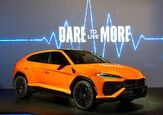


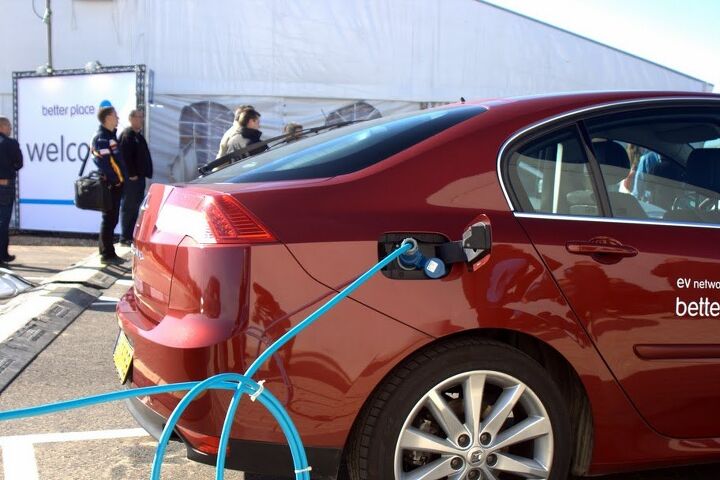













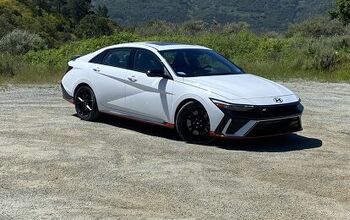
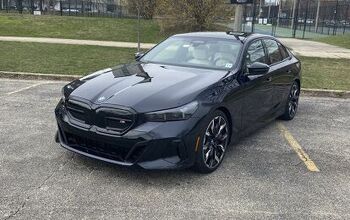
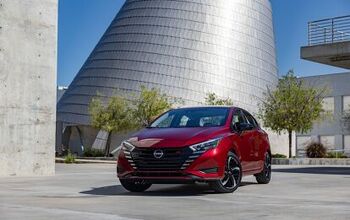
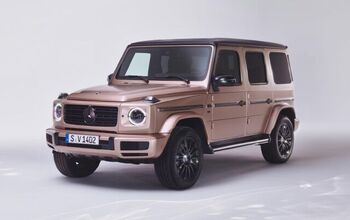

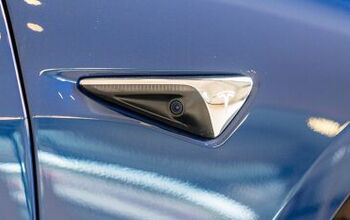
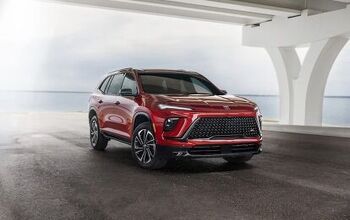
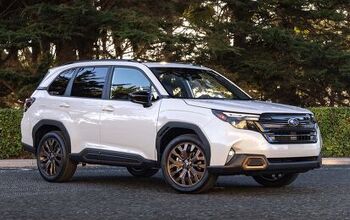


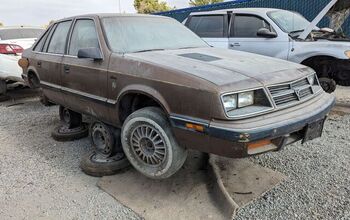
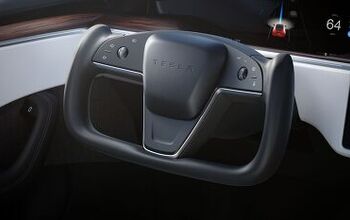
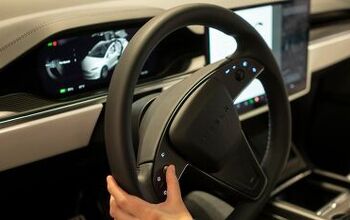

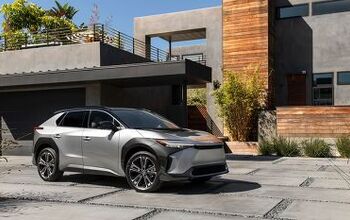
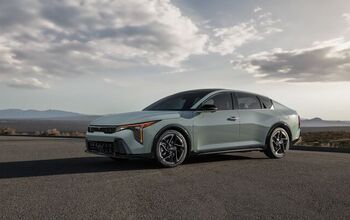
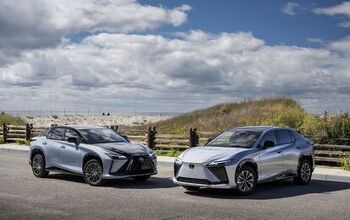
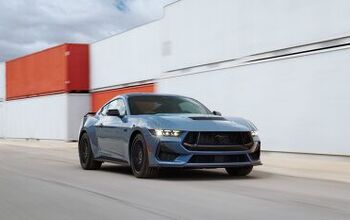
Comments
Join the conversation
KW/h? Really? Gauge designer physics fail.
Nice looking car. I'd drive and electric like that even with the compromises. Rather than Lithium batteries I'd rather have NiMH. I'd put solar on my roof to offset what I consume. Somebody ought to bring back the Nickel-Iron batteries for stationary uses. Catch the power from the wind and solar and use it at night. Ni-Fe batteries last "forever". The Smithsonian Museum has one on display that has been in use for what 80-90 years? If we were on a TN mountain I'd give wind a try as well but a local business has tried it for me. Don't think his wind genny is ever going to spin often enough to do much more than pay for itself but then that business and my home are both in the lowlands of our area rather than exposed to the wind. We can sit back and explain all the reasons that electric cars just don't match ICE powered cars or we can start making changes that equate to baby steps in the right direction (away from oil). The way things are going now I think few of us will be buying $40K cars anytime soon. Some of us may be emulating Cuba's cars more than Star Trekky electric cars. Imagine what we could have done with the money wasted on Iraq and Afghanistan... We've wasted what 8,000 lives to avenge the Trade Center deaths and go after a handful of goons? Send out the secret agents for assassinations please. We're going to need choices that are sustainable and people who will be different in their choices. Dunno about where you live but traffic sucks here. Get a few cars off of the road and replace them with something else like bike trails. I'd bike if I thought I wasn't going to get killed doing it. Tried sharing the roads but no thanks. Put part of the commuters in electrics. The technology will mature quickly if we buy it. It always does. New ideas and new batteries will come to fruition. We're also going to have to give up on the idea that we need a single all-purpose vehicle for everyday duty getting 18 mpg. I think economics will make those choices for us unfortunately.